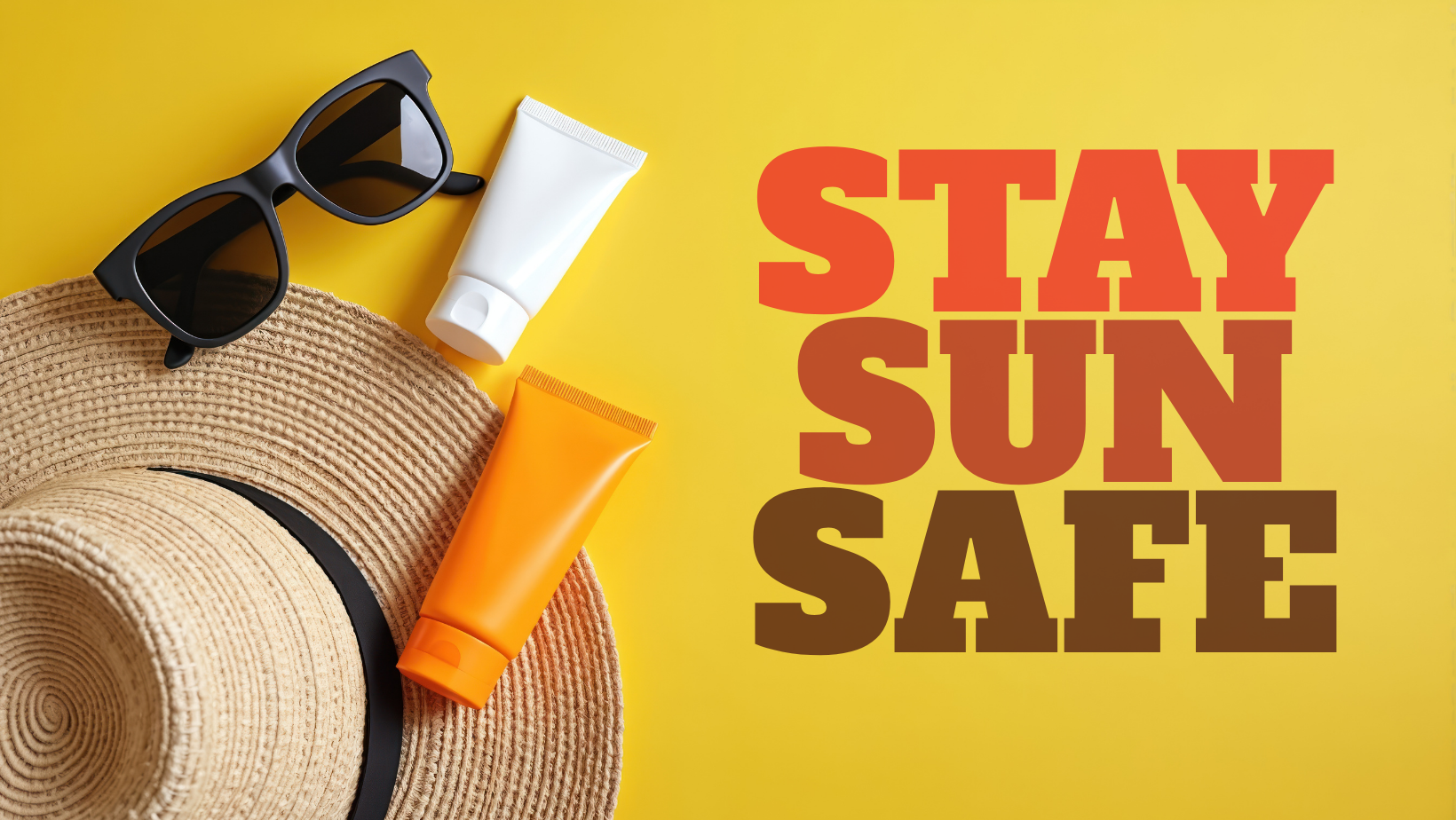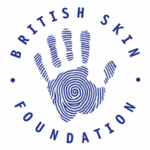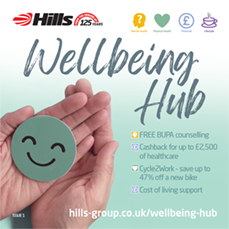
Sun Safety Tips and Skin Cancer Awareness
At this time of year, it’s tempting to get outdoors and enjoy hot, sunny days, but it’s easy to forget the crucial importance of protecting your skin.
Skin cancer is the most common form of cancer in the UK and rates continue to rise.
Skin cancer is preventable, but nearly one in five people will develop it in their lifetime. Factors like fair skin and prolonged sun exposure increase the risk, making sun safety essential year-round.
How to stay safe in the sun
The good news is that simple measures can significantly reduce the risk: applying sunscreen, seeking shade, and wearing protective clothing.
Skin cancer is treatable when caught early, so regular self-checks for unusual moles and annual dermatologist visits are key. Awareness of symptoms, like changes in existing moles, can make a life-saving difference.
Below we provide essential sun safety tips and the importance of regular skin checks. By making sun protection a daily habit, we can reduce the impact of skin cancer and ensure a healthier future for everyone. Stay safe, stay protected, and enjoy the outdoors responsibly by doing the following:
- Cover up with appropriate clothing and a hat with a brim
- Apply sun cream which is SPF 30+ to all areas of exposed skin exposed and reapply regularly – at least every two hours
- Seek the shade of trees and umbrellas
- Where possible reduce the amount of time you spend outdoors in the warmer months
- Avoid sunbeds – they are more dangerous than natural sunlight because they use concentrated source of UV radiation
- Wear wrap around sunglasses with an EU CE mark which are proven to offer protection from UV rays which can cause damage to your eyelids and cause problems such as cataracts.

Risk factors
Years of research has confirmed that UV rays can cause melanoma and non- melanoma skin cancers. You should take extra care if you:
- Have pale/white skin
- Have freckles or red hair
- Tend to burn rather than tan
- Have many moles are only exposed to intense sun occasionally (e.g., on holiday)
- Have a family history of skin cancer.
According to the NHS, people with black or brown skin are at lower risk of skin cancer but can still get skin cancers appearing in unusual places such as under the nails or on the feet or hands. Everyone should cover up.
How to spot a potential problem
Skin cancer is the most common form of cancer in the UK. According to Macmillan the three main types of skin cancer are basal cell carcinoma, squamous cell carcinoma and malignant melanoma. You should look out for any of the following ABCDs regarding moles:
A. Asymmetry (two halves of the are differ in shape)
B. Border (the edges of area may be irregular or blurred)
C. Colour (different shades of black, brown, pink)
D. Diameter (moles that are al least 6mm in diameter).
For early signs of skin cancers that are not directly related to moles you should look out for:
1. A scab or sore that will not heal
2. A scaly or crusty patch of skin that is red and inflamed
3. A flesh coloured bump that won’t go away and grows in size
4. A volcano like growth with a rim and central crater.
For more information visit:


For support visit:
- Cancer Research UK: Call our nurse freephone helpline on 0808 800 4040 or send them a question online Cancer Chat | Cancer Research UK
- Patient Information Leaflets – British Association of Dermatologists
- Macmillan Cancer Support freephone: 0808 808 00 00
- Macmillan Cancer Support stories + podcasts: All resources | Macmillan Cancer Support





